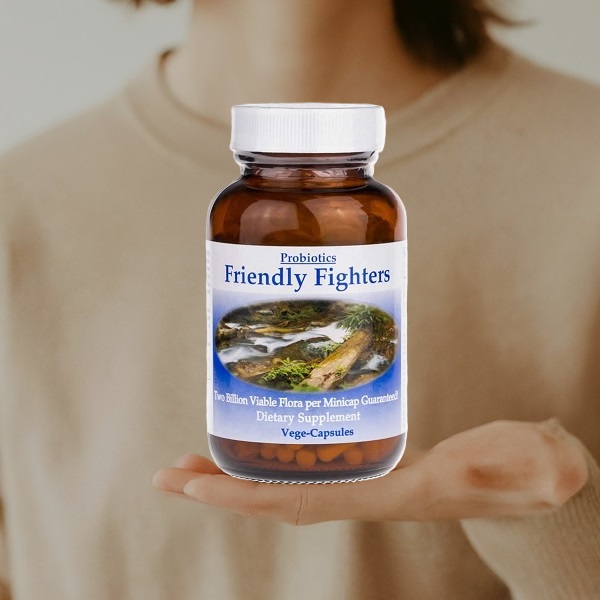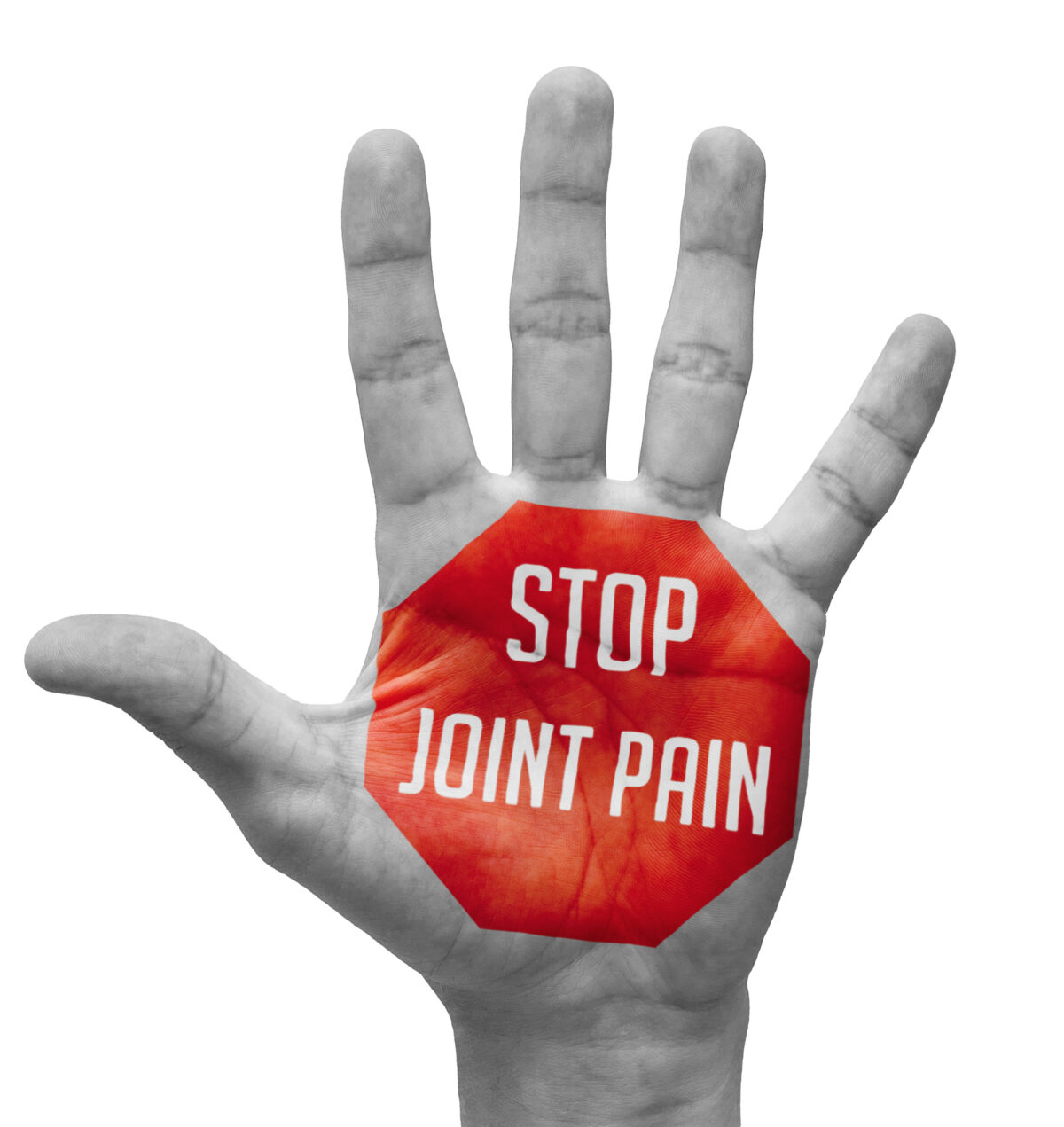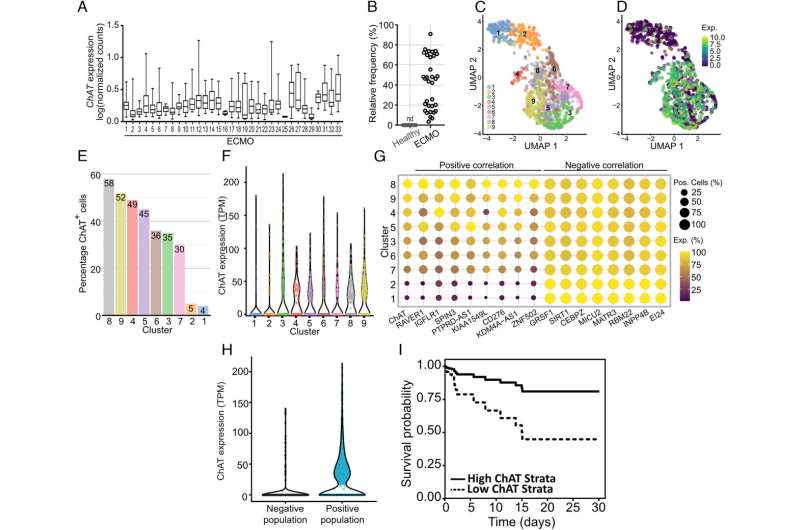Microencapsulated probiotics are considered highly advantageous due to their ability to address several key challenges associated with traditional probiotic formulations. Here’s why they are often seen as the “only way to go” for effective probiotic delivery:
1. Superior Protection and Viability
- Protection from Environmental Factors: Traditional probiotics are susceptible to heat, moisture, and oxygen, which can degrade their viability during storage. Microencapsulation provides a protective barrier that shields probiotics from these harmful environmental conditions.
- Stomach Acid and Bile Resistance: The encapsulating materials can protect probiotics from the acidic environment of the stomach and the bile salts in the intestine, significantly enhancing the survival rate of the probiotics as they transit through the digestive system.







